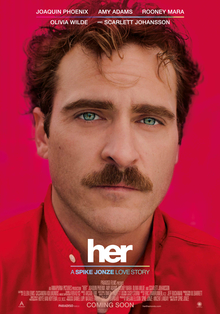NOTE: Wasabi has since closed.
Located at 4630 West Market Street in Greensboro, Wasabi offers sushi and other Japanese specialties for lunch and dinner. Appetizers, hibachi, and noodle dishes are available as are wines, beers, and sakes.
Located at 4630 West Market Street in Greensboro, Wasabi offers sushi and other Japanese specialties for lunch and dinner. Appetizers, hibachi, and noodle dishes are available as are wines, beers, and sakes.
Proximity can be a dangerous lure. In some cases, one discovers nearby gems. In other cases, one is reminded that quality is worth traveling for. Wasabi unfortunately imparted the latter lesson. The restaurant is about a mile from home and features ample parking, but one visit was all it took to remind me that Don is worth the Tate Street hassle.
Though visually appealing from the outside, Wasabi’s innards are dark and dated. It was probably handsome in its heyday, but that day has passed. Having Barry Manilow piped in adds to the unappealing ambiance.
To Wasabi’s credit, the menu boasts a bountiful selection. In addition to the usual fare, there are higher-end hibachi dishes (Ahi tuna), intriguing sushi rolls (snapper, masago, and parmesan cheese?!), and a couple of Korean influences. Prices, however, are higher than expected. Even a basic chicken hibachi ran $14 (with miso or salad), and brown rice is $1 more. Opt for a combination, fish, or steak, and you’re approaching steakhouse prices.
This would be forgivable if the food was outstanding, but it was a major disappointment. My companion and I both went with hibachi dishes (bulgogi and pork katsu respectively) and house salads. The ginger dressing on the salads (a favorite elsewhere) was a nearly inedible paste here. The katsu was chewy and dry, and the accompanying sauce overly acidic. The beef in the bulgogi was at least tender and seasoned well, but it came poorly cut in ungainly strips. The dish, which featured a few onions and carrot shreds, also could have used more vegetables.
Wasabi’s service is adequate and the sushi may very well be better than the entrees we sampled, but we have no inclination to find out. Next time a Japanese craving hits, we’ll stray farther from home.
6/10







